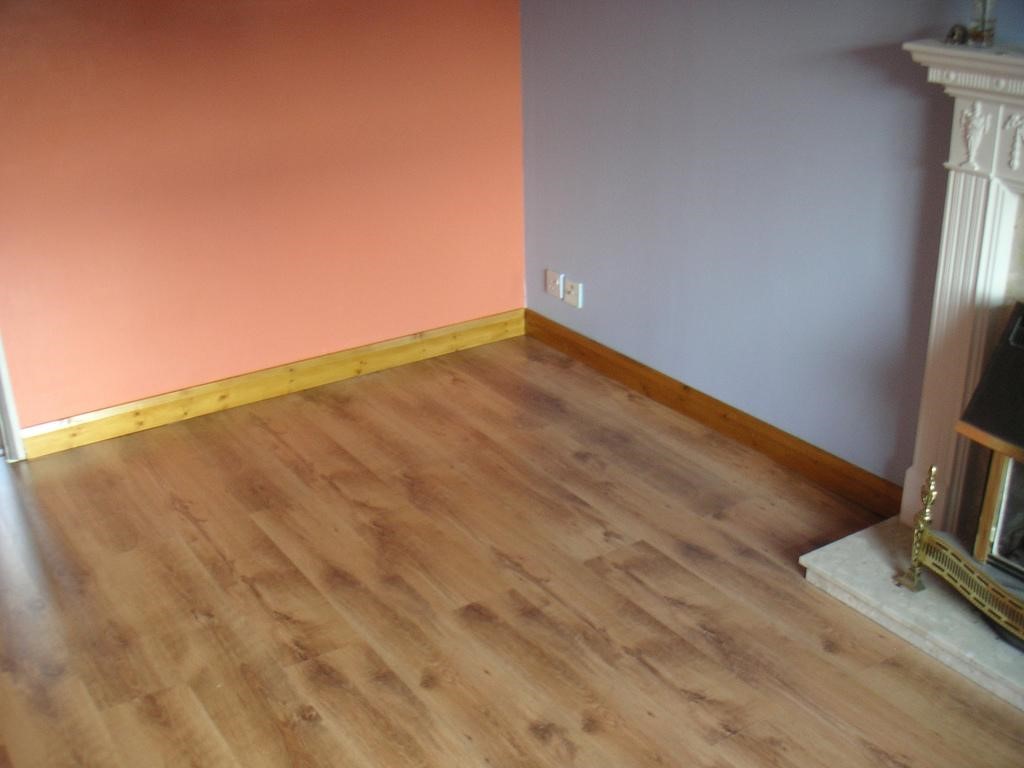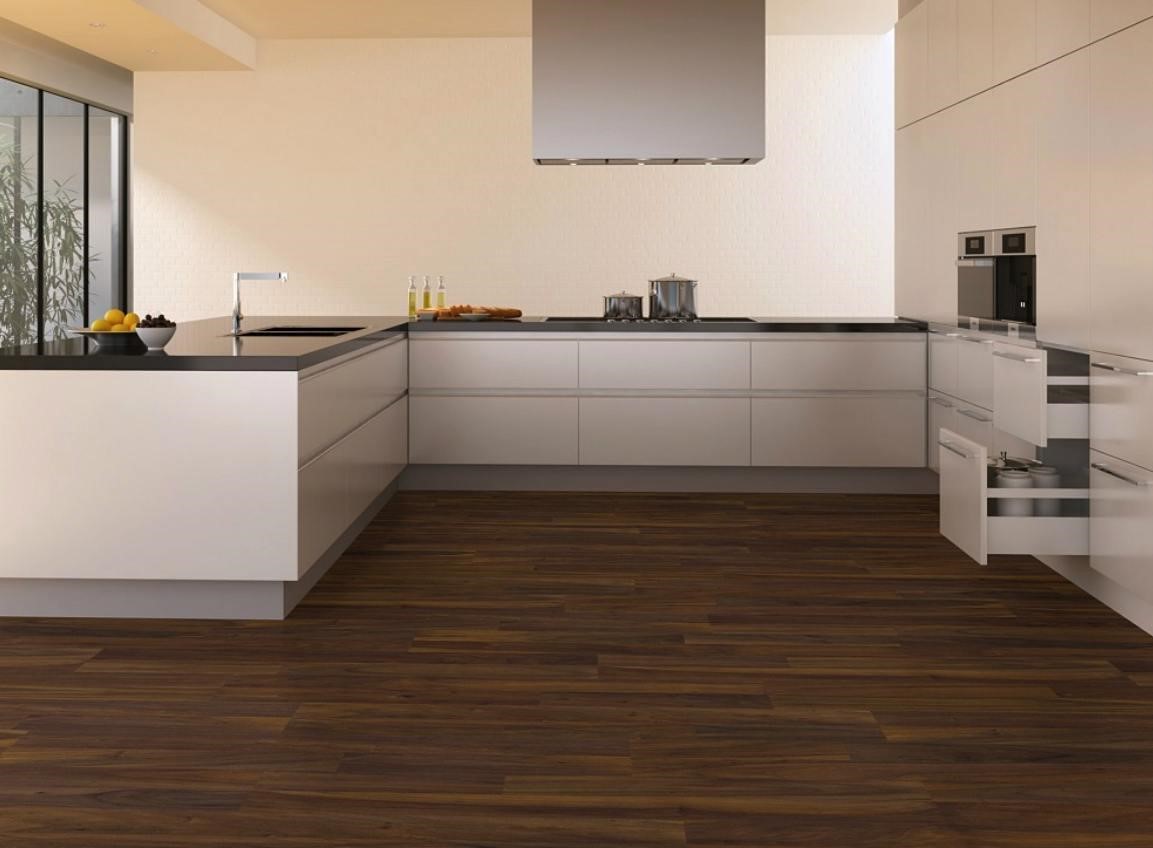Laminates are used in many different ways around the house. Flooring is perhaps the most common use, but they’re often used in furniture and cabinet finishes too. Whilst all laminates may look very similar, there are in fact a number of different types that have varying applications.
When looking at laminate flooring it is important to think about what other work might need doing in the area where you are thinking of laying it. You want to avoid any extra work from moving around large objects. It is worthwhile thinking of what other services you might need including pipework, boilers and heating systems with Cheltenham Plumber at sites like https://actdirect.co.uk/services/emergency-plumber-cheltenham/.
Process differences
The differences between laminates come mainly from the way that they’re made, the amount of pressure used in the process and the thickness of the material. High pressure laminates produce a tough surface. These are commonly used to create decorative veneers when making furniture or kitchen cabinets.
By contrast, low pressure laminates have less pressure applied in the manufacturing process and are made using a decorative paper, usually bonded to fibre board. These aren’t as tough, so shouldn’t be used in areas where hard wear is required.
Thicknesses vary too, with regular sheets for furnishing use generally being between 0.5 and 1.5mm thick. For flooring, thicker sheets are used. These will have thicknesses from 3mm or more, making them more resistant to scuffs and scratches and allowing them to be sanded or polished out.
Different finishes
There are also a number of different finishes available. Decorative laminates are all about how they look and are usually used in making furniture. Industrial laminates are tougher and generally employed where looks aren’t important.
For flooring you need a combination of looks and hard wearing properties. Suppliers will be able to offer a range of different finishes.
Flooring usually has a wood grain finish. You have a choice of different woods and therefore colours, and you can usually choose between matt and gloss finishes. You need to select a laminate to fit with your décor, but also the type of use it will be put to. Kitchens, for example, will need a hard wearing surface. Conservatories will need a finish that’s resistant to UV light and changes in temperature.
In commercial situations, you may need to meet other requirements. In restaurants, for example, you’ll need a surface that can be easily cleaned and has bacterial resistance. You may also need to take account of fire resistance and ensure that the laminate finish complies with all the necessary regulations. In laboratories or workshops, you may also need to consider static resistance.


